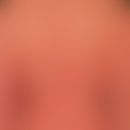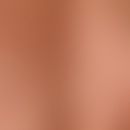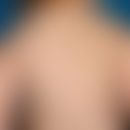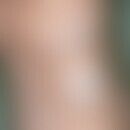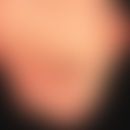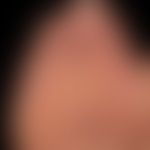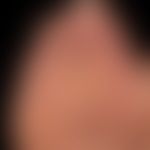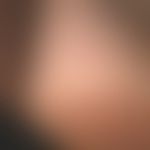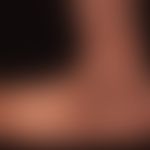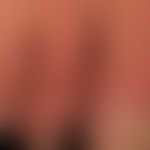Synonym(s)
DefinitionThis section has been translated automatically.
Circumscribed, coarse thickening of the epidermis (and dermis) as a result of reactive tissue proliferation caused by mechanical pressure or friction, rarely by chemical or thermal noxae. A callus is strictly limited to the site of exposure of the causative process.
ClassificationThis section has been translated automatically.
S.a.:
- Clavus ("corn" due to pressing footwear),
- Usually pressure callus on areas of skin subject to pressure (e.g., palms, soles),
- Milker calluses,
- Sucking call uses (in young children),
- thickened calluses,
- Prayer kne es or knots (in Muslims),
- housemaid's knee (analogous mechanism to prayer knee),
- fake knuckle pads.
You might also be interested in
LocalizationThis section has been translated automatically.
ClinicThis section has been translated automatically.
Plate or flattened, yellowish or brownish, hard thickenings of the skin. The sense of touch is reduced. Irritated callosity: Painful (occasionally itchy) nodules with an inflammatory reddened hem. S.a.u. Clavus ("corn" due to pressing shoes), milking calluses, sucking call uses (in infants), chewing calluses, prayer knees or prayer knots (in Muslims), maid's knees (analogous mechanism to prayer knees), fake knuckle pads.
HistologyThis section has been translated automatically.
TherapyThis section has been translated automatically.
See the respective clinical picture listed under Clinic. In the case of common calluses, which mainly occur on the soles of the feet due to pressure, regular mechanical removal of the hyperkeratoses is recommended - preferably after a previous keratolytic foot bath (e.g. soap bath) with a callus plane or a simple pumice stone. The procedure should be repeated regularly.
Incoming links (15)
Betknoten; Callositas; Callus; Callus abscess; Corneal callosities; Finger ankle pads real; Keratolytics; Knuckle pads, fake; Maid's knee; Milker calluses; ... Show allOutgoing links (8)
Clavus; Knuckle pads, fake; Maid's knee; Milker calluses; Neck callouses; Prayer nodules; Proliferative hyperkeratosis; Sucking calluses;Disclaimer
Please ask your physician for a reliable diagnosis. This website is only meant as a reference.
